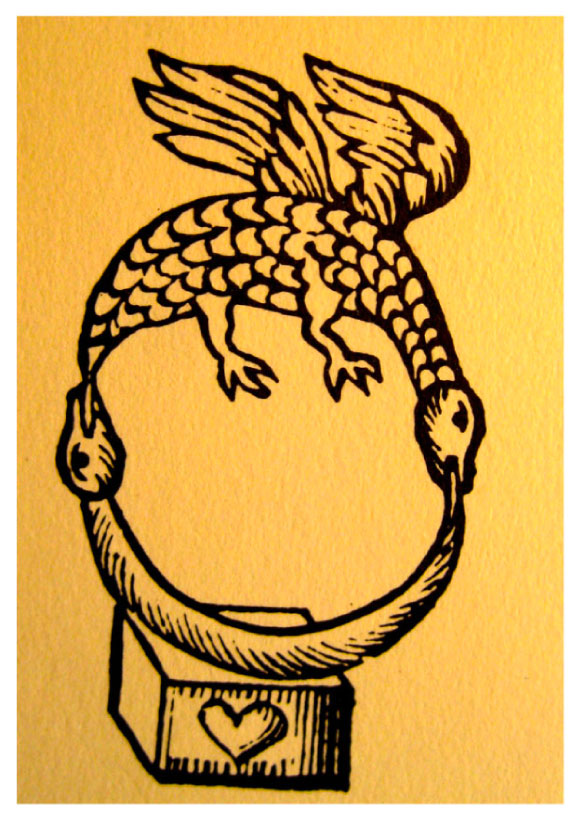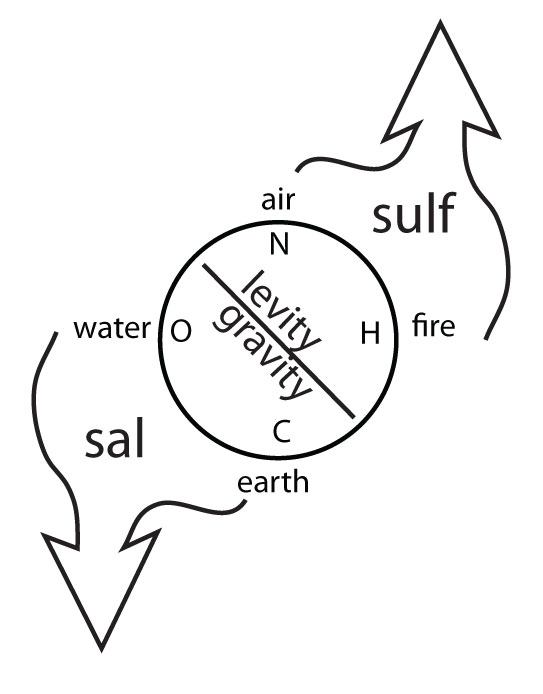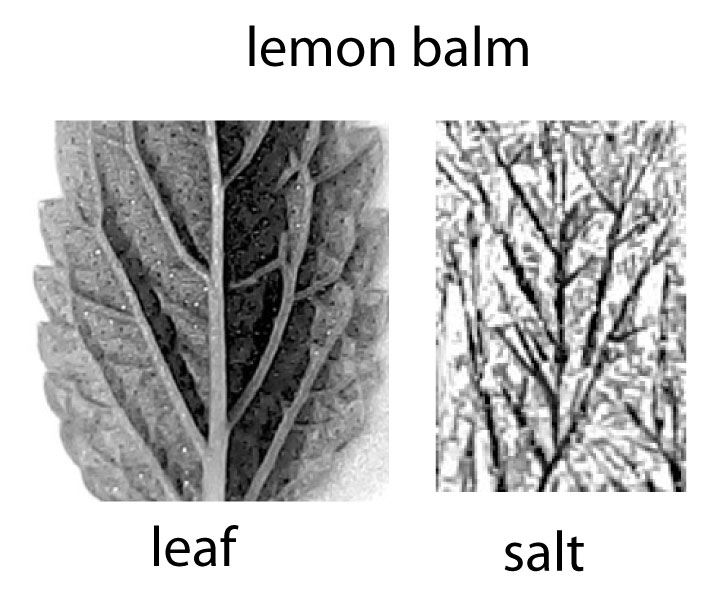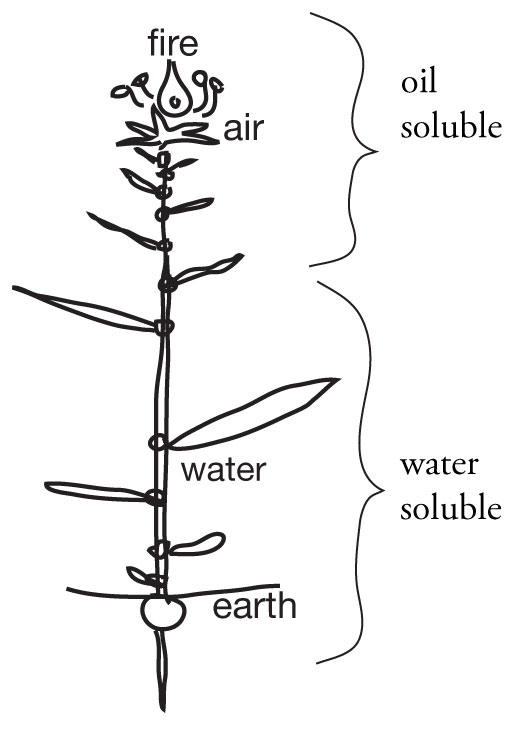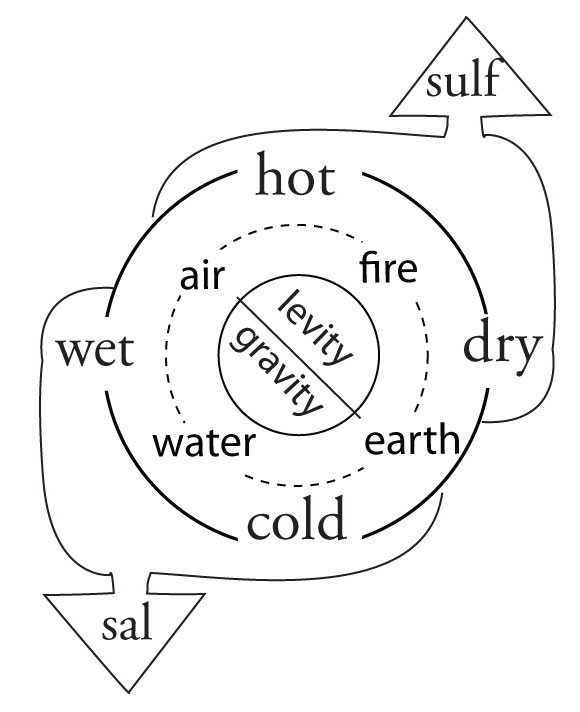Video: Sustainable Garden Harvesting – Fennel Harvesting Tips
Instead of one-and-done harvesting for the market, learn to harvest fennel so that your garden plants last all through the season. Plus, tips to winterize your organic veggies so they don’t rot when the rains come.
Read MoreHuman Beings as Cosmic Co-Creators
The focus of this article is to explore the changing relationships between human beings and the natural world. …transcendent beinghood was relegated to religion and knowledge of physical forces became the domain of science, opening a void in the soul between mysticism and empiricism. In earlier times human beings experienced the forces of nature as…
Read MoreConsidering Helichrysum
In science today the driving force is to solve mysteries by innovation. Innovation is the clever manipulation of what is already known. As an effective research method for solving technical problems innovation has created wonders. But life evades technical solutions. Uncontrolled pandemics and complex climate change issues result from technical innovation being applied to issues…
Read MoreNature: force or being?
There is no question that reductionist science excels at studying technical, non living systems. An electronic circuit requires a research method that can reduce the flow of forces down to precise on / off sequences. But life science has other modes than on / off. Living beings have nuanced dimensions that are more like personalities…
Read MoreAlchemy and Natural Science – Part 4
By contrast the use of levity / gravity alchemical relationships can serve as the basis for a systematic, mandalic approach to sequencing natural phenomena. This develops a reliable pictorial based research system available to anyone. Pictorial thinking can support the idea that the macro(species) and micro (hormones) levels of plant development are based on resonant…
Read MoreAlchemical Plant Science – Alchemy and Natural Sciences Part 3
In science today the driving force is to solve mysteries by innovation. Innovation is the clever manipulation of what is already known. As an effective research method for solving technical problems innovation has created wonders. But life evades technical solutions. Uncontrolled pandemics and complex climate change issues result from technical innovation being applied to issues…
Read MorePlant Chemistry in Flowering Seen Alchemically – Alchemy and Natural Science Part 2
In alchemical thinking polarities that reciprocate are the basis for forming models of how things change. Polarities occur in the four elements, the four temperaments and the three processes. Together these sets of polarities are the most useful problem solving ideas in the alchemical method of analogy. The image is an alchemical mandala that can…
Read MoreIntro – Alchemy and Natural Science Part 1
The alchemists understood that when dealing with living systems it is better to let the mysteries gradually be revealed in their own way to the mind. In science today the driving force is to solve mysteries by innovation. Innovation is the clever manipulation of what is already known. As an effective research method for solving…
Read MorePraise for Peaches – How to Make Swizzle
A tonic drink called swizzle is a fruit vinegar and a bit of honey in water that is thirst quenching and good for the digestion
Read MoreElements, Temperaments and Humors – Part 4
See our video series on Temperaments and Health here. In alchemy the levity/ gravity polarity is known as the sun and moon. The levity side of an alchemical mandala is linked to the force of the sun. The solar force is Avicenna’s principle of innate heat. It is also the principle behind Rudolf Steiner connecting…
Read More
